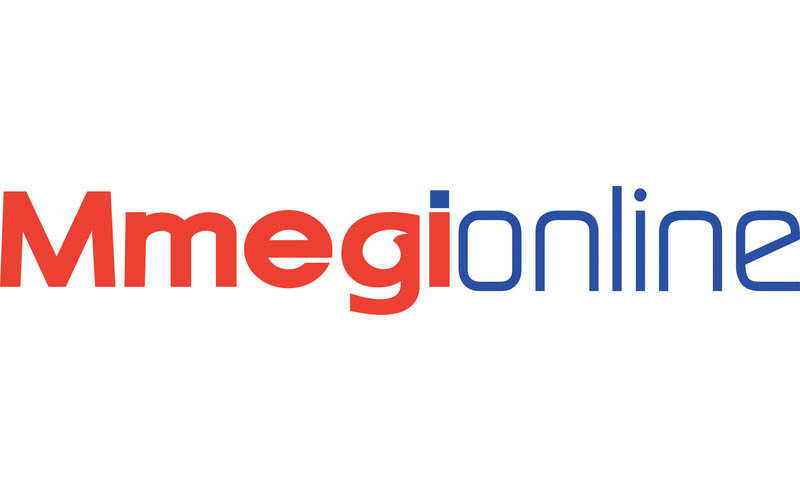The love of the written word feels woven into my very being, as if my DNA were encoded to seek out, devour, and revere language's power to transport, transform, and reveal the universe's deepest truths.
Books were more than stories; they were portals—to distant worlds, grand romances, and boundless discovery. And so, here I sat in my Grade 13 English class, dissecting the moral intricacies of The Scarlet Letter. A masterpiece of psychological depth, Nathaniel Hawthorne's novel interlaces guilt, redemption, and defiance into prose as rich and searing as its crimson emblem. His haunting portrayal of New England's rigid Puritanism elevates Hester Prynne's silent rebellion into a timeless tale on sin, hypocrisy, and the resilience of the human spirit. Around me, voices clashed and soared, our heated debates fuelling the air with restless energy. But just as the discussion reached its peak, a shrill sound sliced through the fervor—the bell. Our literary journey had come to an abrupt halt, at least for today. I gathered my books and slipped them into my waiting knapsack, its familiar weight settling against my back. As we filed out of the classroom, my friends—Damian Quansah, Stewart Smith, and Gary Burrows—were already waiting.
The school day was over, but our time together was just beginning. This afternoon, we made our way to the gym, our unofficial battlefield, where the air crackled with competition. Though close friends, on the court, we became rivals, each of us fuelled by the unrelenting hunger for victory. Damian, the undisputed star of our school's team, was a force of nature—his effortless skill almost always ensured he played on the winning side. But that never dulled the fire in our game. Adrenaline surged, sneakers squeaked, and laughter intertwined with the rhythmic pounding of the ball. No matter the score, we always walked away exhilarated. Drained but satisfied, we reentered the slow rhythm of the civilised world, our bodies demanding replenishment. This was long before the era of ever-present one-liter water bottles—back then, hydration came in its purest form. We lined up at the water fountain, a sacred ritual of sorts. And oh, that fountain. There was something almost mystical about it, its perfectly chilled stream offering a crisp, soul-replenishing elixir. Nothing ever tasted quite as good as that first, ice-cold gulp—nature's finest refreshment. Humans are wired for pleasure, drawn irresistibly to flavours that awaken our senses and flood our brains with dopamine. Perhaps the crisp, delicate taste of water, nature's purest elixir, was never quite enough. We craved more—bolder flavours, sweeter sips, and the exhilarating fizz of carbonation. And so, our relentless ingenuity gave rise to a multi-billion-dollar soft drink industry, quenching thirsts in every corner of the globe.
Coca-Cola, born in an Atlanta pharmacy in 1886 by Dr. John Stith Pemberton, was amongst the first to perfect this formula for indulgence. A fusion of secret ingredients, masterful marketing, and relentless expansion propelled it beyond mere refreshment—it became a cultural icon. From neon-lit billboards in bustling metropolises to weathered signs in remote villages, its red-and-white emblem is synonymous with joy, nostalgia, and a global empire of effervescent domination. But while it dazzles our taste buds and stimulates our pleasure centers, what does it do to the rest of our body? Soft drinks seduce with their fizz and sweetness, but beneath the sparkle lurks a darker truth. Laden with sugar, they fuel obesity, diabetes, heart disease and of course tooth decay. Artificial additives meddle with metabolism, while acidic formulas erode enamel. Each sip spikes blood sugar, ignites cravings, and nudges the body toward chronic disease—pleasure today, a price to pay tomorrow.
According to the CDC, a staggering 63% of Americans reach for a sugary soft drink, sweetened coffee, or energy drink at least once a day—often more. The youth fare little better, with 45% of high school students popping open a soft drink daily. And while these stats focus on the U.S., the global addiction to liquid sugar is just as rampant. Now, researchers at the University of Michigan have put a number to the damage: each can of soft drink slashes 12 minutes off your lifespan. Twelve minutes, gone in the time it takes to savor that first fizzy sip. And that's per drink. An ice-cold Coke is undeniably tempting, the perfect companion to a sizzling, medium-rare Botswana steak. But is that fleeting indulgence worth the 12-minute toll on our lifespan? As we move forward, health-conscious and more mindful of what we consume, we weigh our choices more carefully. And yet, nostalgia lingers. I can't help but think back to simpler days, when life wasn't measured in minutes lost but in moments lived. When 12 minutes wasn't a price to pay, but just enough time for Damian to school me on the basketball court—again.






